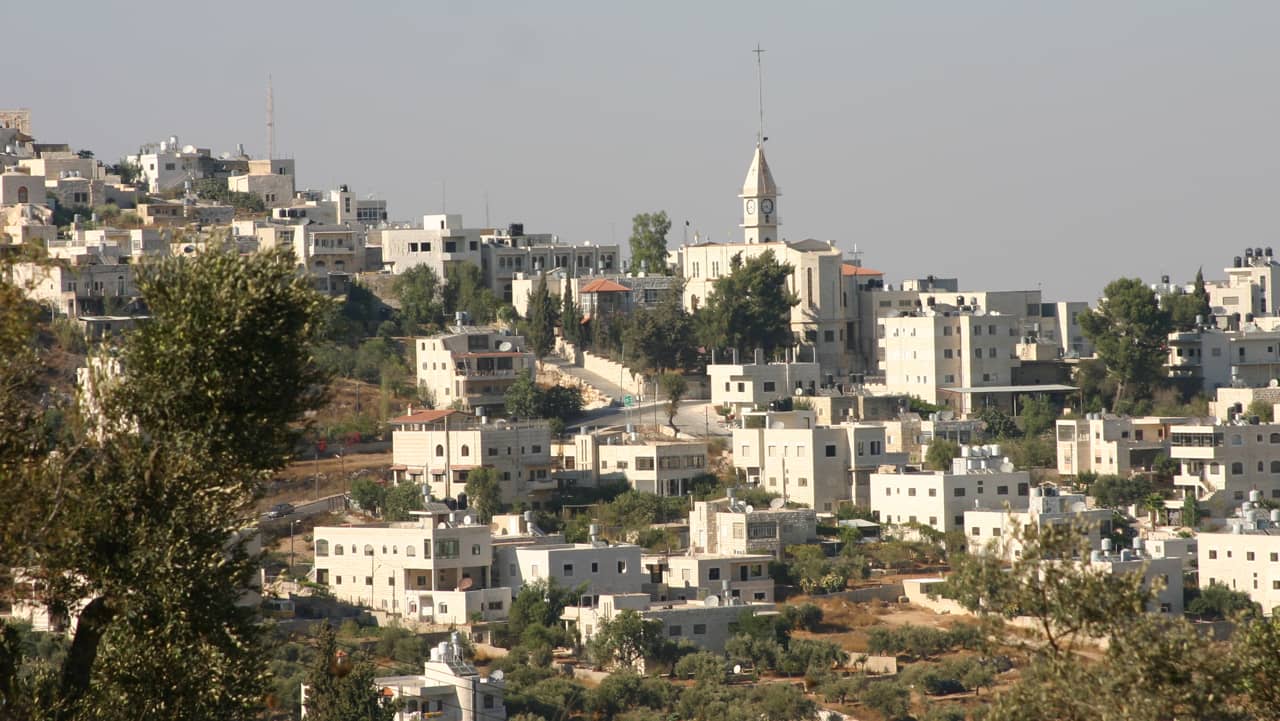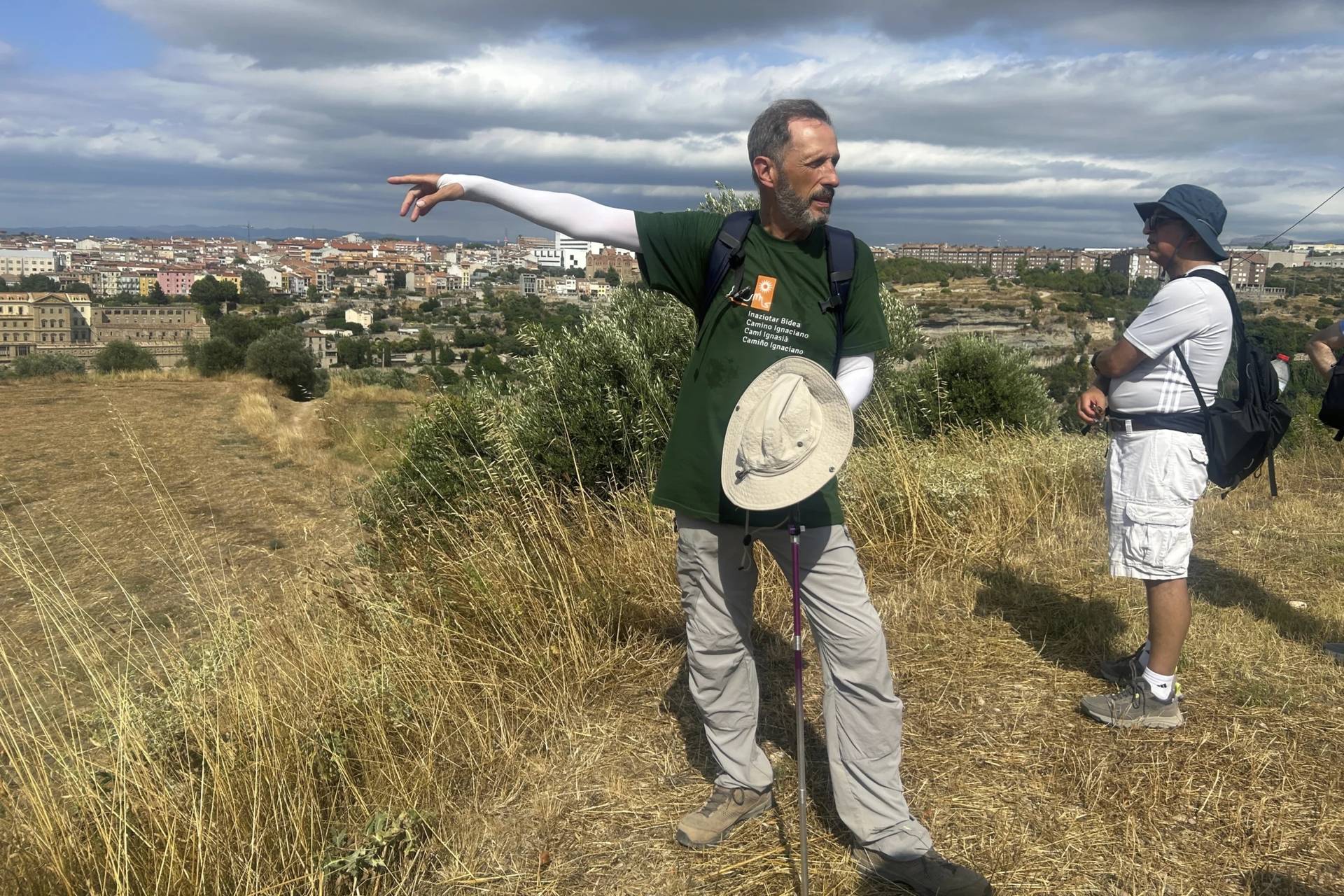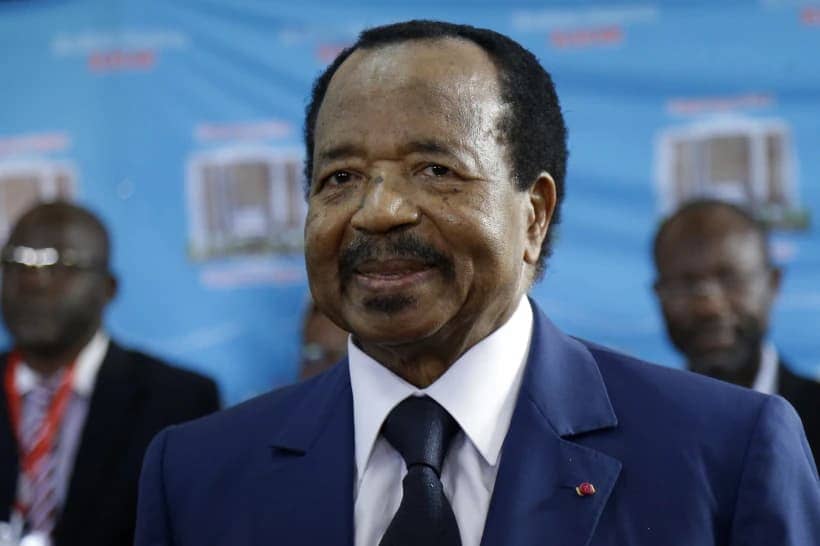ROME – Pope Francis has a penchant for connecting Gospel imagery to contemporary circumstances, and he did so again on Holy Saturday, saying that the faces “wet with tears” of the two women who accompanied Christ throughout his passion, all the way to the tomb, are visible today in the poor and those suffering injustice.
“If we try to imagine this scene, we can see in the faces of those women any number of other faces: the faces of mothers and grandmothers, of children and young people who bear the grievous burden of injustice and brutality,” Francis said as he led the Easter vigil Mass in St. Peter’s Basilica on Saturday.
The scene he was referring to was a passage of the Gospel read during the Mass, telling the story of the two women, Mary Magdalene “and the other Mary,” who went to see the tomb where Jesus was buried after he was crucified.
“We can picture their faces, pale and tearful. And their question: can Love have truly died?” the pope said.
Only these two women, Francis continued, didn’t run away, remaining instead steadfast, grieving Jesus yet “incapable of accepting that things must always end this way.”
“In their faces we can see reflected all those who, walking the streets of our cities, feel the pain of dire poverty, the sorrow born of exploitation and human trafficking,” he said.
He added several other sufferings to the list: migrants deprived of country, house and family, those who are alone and abandoned “because their hands are creased with wrinkles,” women who weep for their children crushed by corruption, selfishness, and “paralyzing and barren bureaucracies that stand in the way of change.”
“In their grief, those two women reflect the faces of all those who, walking the streets of our cities, behold human dignity crucified,” he deadpanned.
Despite the gloom and somberness clearly visibly in the pontiff’s face as he’s led this year’s Holy Week rites, including the Way of the Cross in Rome’s Colisseum Friday night, Saturday’s vigil was nevertheless one of hope, reaching a climax with the ringing of the basilica’s bells and the singing of the “Gloria” and the “Alleluia” to celebrate Christ’s resurrection from the dead.
The ceremony began with the lights of the basilica dimmed to a minimum, and Francis processed into a silent church carrying a lone candle, which he used to light the candles of those nearby, who, in turn, shared the flame with those around themselves, eventually lighting thousands of candles provided by the Vatican for the occasion.
The darkened church signifies Jesus’ tomb before his resurrection, and the candle-lit procession is a show of light after the darkness of Good Friday, which recalls Jesus’ death.
As its tradition during the Easter Vigil ceremony, one of the most solemn services on the Christian calendar, Francis baptized a group of adult converts. This time, there were 11, coming from various countries, including the U.S., China, Malaysia, Albany, Italy, and Spain. The youngest in the group was a nine-year-old, while the oldest was 50.
In the resurrection, Francis said in his homily, “Christ rolled back the stone of the tomb, but he wants also to break down all the walls that keep us locked in our sterile pessimism, in our carefully constructed ivory towers that isolate us from life, in our compulsive need for security and in boundless ambition that can make us compromise the dignity of others.”
Saturday night came after a bleak Holy Week, which began with the bombing of two Coptic churches in Egypt and throughout which the United States, Russia, China and North Korea have all spoken about an impending war, and not the ongoing one, fought at “piecemeal” as Francis often says.
Perhaps for this reason the pope closed his remarks making an appeal for those present to “change the look in our faces,” and to, as the women did, “go back” to “tell the news in all those places where the grave seems to have the final word, where death seems the only way out.
“The Lord is alive! He is living and he wants to rise again in all those faces that have buried hope, buried dreams, buried dignity,” Francis said. “If we cannot let the Spirit lead us on this road, then we are not Christians.
“Each one of us has entered into our own personal tomb,” Francis said, in the one extemporaneous addition to his homily. “I’m inviting you to come out.”
Saturday’s Easter Vigil wrapped up a series of ceremonies in the Vatican leading up to Easter Sunday.
Tens of thousands of people are expected at Mass on Easter Sunday in St. Peter’s Square, after which he’ll deliver the traditional Urbi et Orbi blessing, “to the city and the world,” from the same balcony of the basilica where he first appeared on the night of his election in March 2013.














